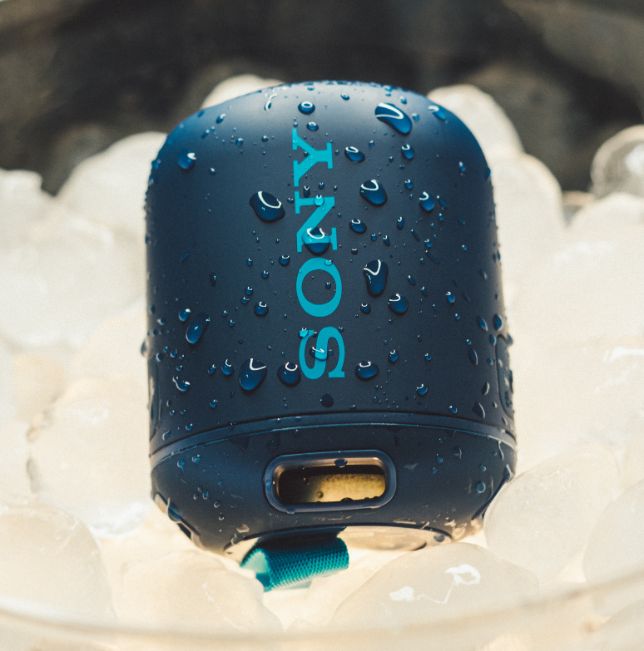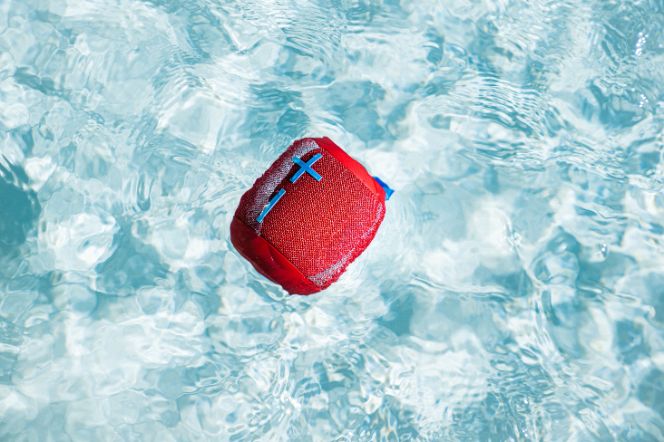The terms “water-resistant” and “waterproof” describe how a product responds to water. This article will clarify the distinction between water-resistant and waterproof so you’ll know which term to look for in apparel, construction materials, or electronics.
Water-resistant and waterproof terms are used to describe items that can withstand the effects of water to varying degrees but not completely.
What Does Water-Resistant Mean?
The least amount of water protection is known as water-resistant. A product is said to be water-resistant if its design makes it more difficult for water to enter it or if it is coated with a thin material that increases its ability to withstand contact with water.
For products like watches, water resistance is great because it allows the product to withstand light rain or hand washing.
What Does Waterproof Mean?
When something is waterproof, it is completely shielded from the damaging effects of water. In other words, no matter how long it is submerged in water, the object or product is impermeable to water or resistant to its effects.
There is, however, no industry standard in place at the moment to categorize products as waterproof. A product’s effectiveness against water is indicated by some manufacturers using the Ingress Protection Rating scale (also known as the IP Code). Additionally, this scale rates the goods from 0 to 8.

When we hear the word “waterproof,” we frequently picture contemporary technology like phones, speakers, watches, and cameras. However, there are still other uses for waterproof materials.
As an illustration, waterproof plywood boats, waterproof clothing (typically made of a layer of polyvinyl chloride), waterproofing for wood, etc. Typically, a special layer is present on all of these materials to stop water from penetrating the material and harming it.
Difference Between Water-Resistant and Waterproof
Definition
While an item is waterproof if it is completely protected from the effects of water and is impermeable to water, it is water-resistant if it can withstand the penetration of water to a certain extent but not completely.
Material
If you’ve ever been shopping for a particular product and the manufacturer markets it as “waterproof,” that product should be totally sealed or protected from the effects of water. The product won’t be harmed or penetrated by plain ol’ water.
A plywood boat, for instance, would require a waterproof coating to prevent it from degrading while it is constantly in contact with water. Water cannot penetrate the finish, weaken the wood, or cause a leak because there is a barrier that prevents this from happening.

Waterproof and water resistant are very different things. Items that are water resistant will repel the effects of water to a point. Water will soak the object or seep through after a certain amount of time or pressure is applied.
A good example is a jacket that can withstand the elements. In light rain or on a quick trip from the door to the car, this jacket will keep the wearer dry. It will perform much better than a cotton sweatshirt or a fleece jacket. The seams of this water-resistant jacket will eventually let water in, especially near the hood, neck, and shoulders after prolonged exposure.
Protection from Water
Waterproof fabric is your best option if you want complete defense against rain, snow, or even just exposure to water in general. A coating that completely seals out water is typically applied to these fabrics. As a result, they might feel uncomfortably warm.
Water cannot penetrate the weave of waterproof fabrics because they typically have a layer of polyvinyl chloride. Other textiles might have a layer of acrylic backing that, like PVC, prevents water from penetrating the weaves.
Fabrics that are water-resistant as opposed to waterproof are completely different. Although they will quickly dry and shed water, water-resistant fabrics are not completely waterproof. They are also made of a variety of materials.
One of two methods—a coating or a tight weave—gives water-resistant fabrics their resistance to moisture. Canvas and cotton aren’t at all water resistant on their own, but wax coating transforms them into something that is.
Similar reasoning can be applied to oilcloth, which was once made of cotton duck or linen and coated in boiled linseed oil to make it water resistant (current versions use vinyl coating and are more waterproof than simply resistant).
Permanency
Many electronic products are marketed as waterproof by their manufacturers. However, those products are actually water-resistant gadgets because they are only partially waterproof.

All waterproof speakers, phones, watches, and cameras have tiny seams from the manufacturing process, regardless of how they are marketed. Water will seep through those cracks at a certain depth or level of submersion, regardless of how tightly the pieces fit or the type of gaskets used. Water rushes in when the water pressure is greater than what the seam can withstand.
Your neighborhood home improvement store likely carries a wide variety of water-resistant materials that are typically used for exterior applications or ground-level installations. Pressure-treated wood and plywood, specific metals, and masonry components are some of these materials.
Although these products are water-resistant, water damage is still a possibility. Pressure-treated lumber has a water-holding capacity, and if the water freezes inside the wood, it may split and crack. The lumber’s resistance to water, insects, and elements can also deteriorate with prolonged exposure to moisture.
Waterproof Flooring is Beneficial for Bathrooms and Kitchens
It can be very beneficial to have waterproof flooring in wet areas like kitchens, bathrooms, and laundry rooms because it is made to keep water inside a space. Sometimes, as in a shower area, a rubber membrane is installed underneath the tile in these flooring options. However, a lot of hardwood and vinyl options can keep water spills on top of their surfaces.
Whether it comes from a shower, a spill, or a leak, water will puddle on the surface of these flooring materials rather than seeping through the floor and causing damage. The resident only needs to mop up the mess. These flooring systems can guard against dangerous conditions like mold and mildew as well as costly repairs.
Conclusion
Waterproof vs. impervious is a topic of contention. waterproof products and materials are long-lived, and few people truly understand the difference.
In general, the terms waterproof and water-resistant describe how a specific product responds to water. The main distinction between an item being water-resistant and waterproof is that the former refers to how well it can withstand water penetration to a certain extent, whereas the latter refers to how well it can withstand water penetration completely.

